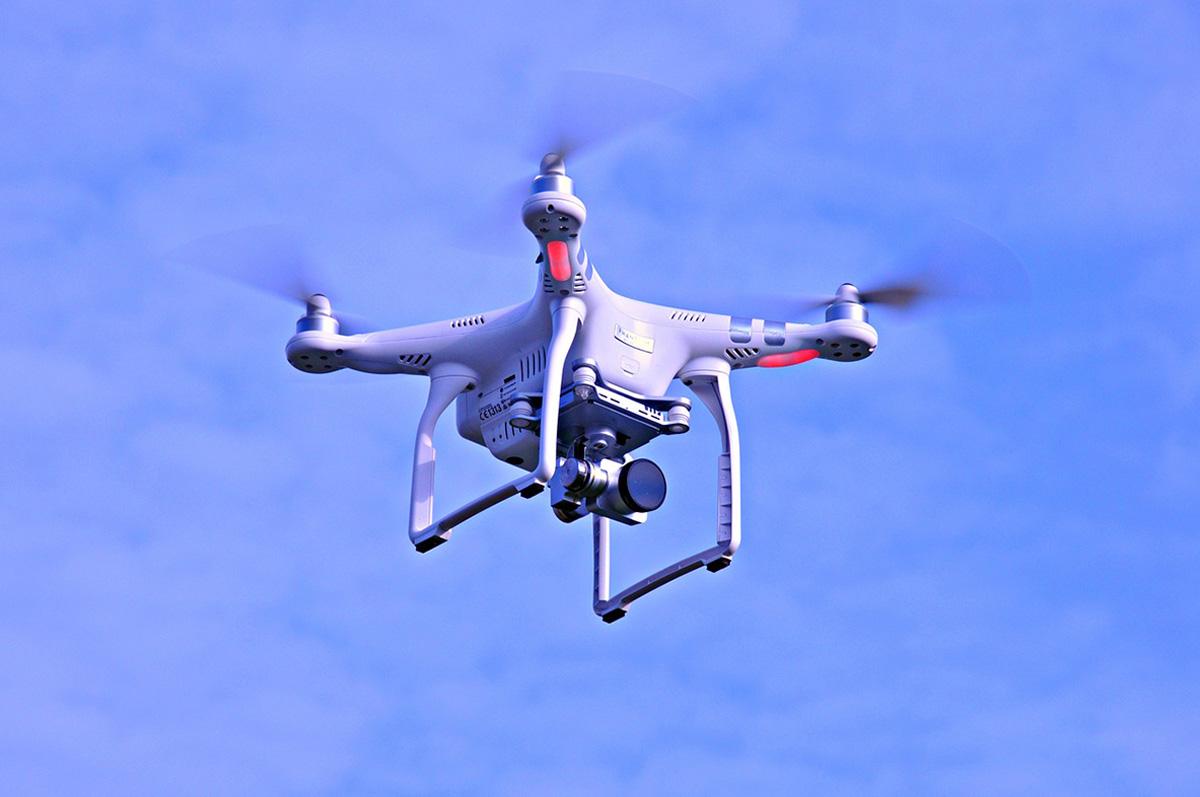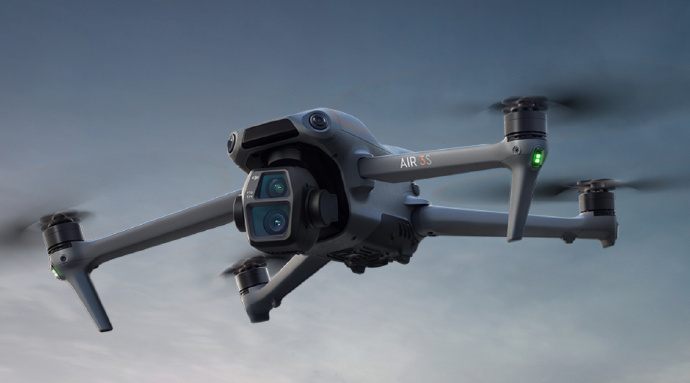Mastering Drone Shooting
Flying drones has become an exciting hobby and a crucial skill in professional photography. Drone shooting offers photographers and videographers unprecedented opportunities to capture stunning aerial views and dynamic landscapes. Whether you’re aiming to create breathtaking panoramas or capturing high-paced action shots, mastering the art of drone shooting involves understanding both the technical and creative aspects of the process.
Gear Selection
The journey begins with choosing the right equipment. Selecting a drone with high-resolution cameras and effective stabilization systems ensures that your images and videos are crisp and clear. Popular models include brands such as DJI and Autel, known for their reliability and performance. Understanding your equipment’s capabilities is paramount; for instance, knowing the difference between fixed-wing and multi-rotor drones can influence your shot composition.
Planning & Preparation
Before flying, meticulous planning is critical. Research the location, weather conditions, and any legal restrictions in the area. Utilize apps to monitor weather patterns and GPS data, ensuring safe and responsible flying. Storyboard your shots ahead of time to maximize efficiency and capture the desired frames during your limited flight window.
Capturing Dynamic Shots
When engaged in drone shooting, movement and angles are your greatest allies. Experiment with various flight paths and speeds to craft engaging perspectives. Techniques such as tracking shots, orbiting, and dolly zooms can add dynamism to your visuals. Consider employing panorama and time-lapse features to showcase a location’s changing scenarios.
Lighting and Composition
Lighting forms the backbone of any stunning shot, influencing mood and clarity. Shoot during golden hours—early morning and late afternoon—when the sun provides soft, warm light enriched in colors. Analyze shadow patterns and use them to your advantage, contributing to the depth and texture of your composition.
Post-Production Techniques
Once the shooting is complete, post-production becomes vital to refine and enhance imagery. Editing software such as Adobe Premiere Pro, Final Cut Pro, or DaVinci Resolve enables you to adjust color grades, stabilize footage and add effects for a polished final product. Experiment with various filters and transitions to match the mood and narrative of your project.

Safety Precautions
Despite the thrill of capturing aerial shots, maintaining safety is crucial. Always abide by regulations governing drone usage, which often include flight altitude restrictions and no-fly zones near airports or populated areas. Regularly check your equipment before use, ensuring batteries are charged and motors functioning properly for safe operation.
FAQs
- What are the most important factors in drone photography?
- Key factors include equipment selection, planning, understanding lighting, and post-production skills to enhance imagery.
- Can drones be used in all weather conditions?
- No, drones perform best in optimal conditions. Rain, wind, and extreme cold can affect both flight stability and camera effectiveness.
- How can drone shooting improve my photography?
- Drone shooting adds a unique aerial perspective, providing creative flexibility and allowing you to explore environments and scenes beyond traditional limits.

